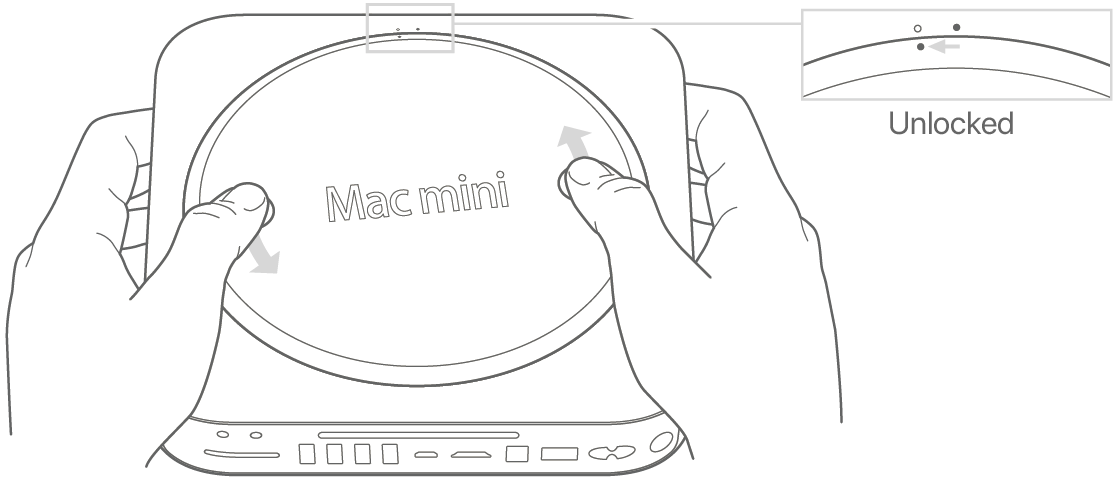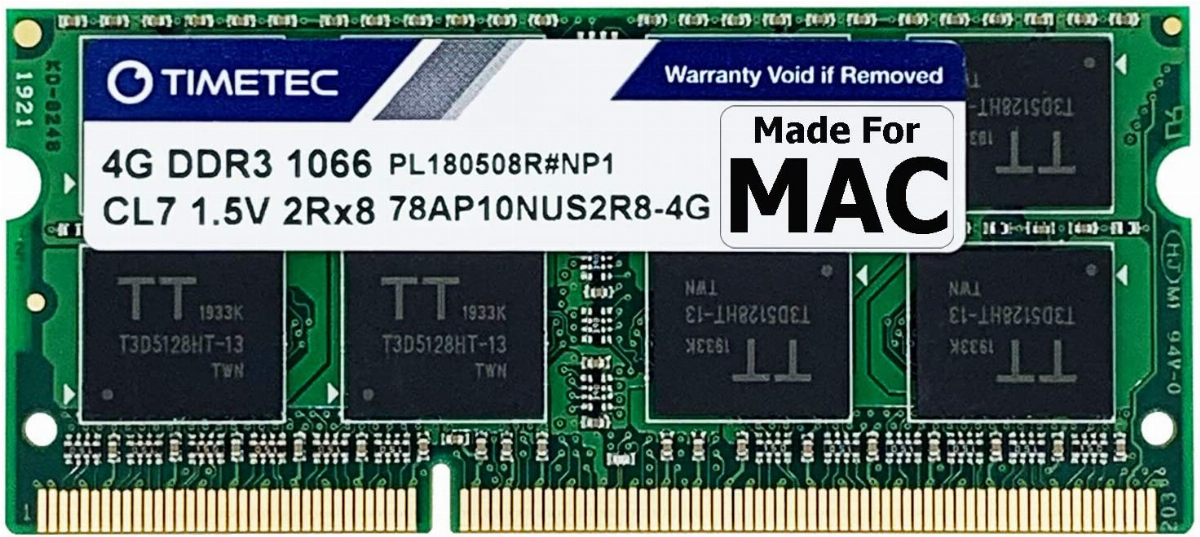

- #Mac mini ram upgrade early 2009 install
- #Mac mini ram upgrade early 2009 update
- #Mac mini ram upgrade early 2009 pro
- #Mac mini ram upgrade early 2009 mac

#Mac mini ram upgrade early 2009 update
However with buying the largest modules that you can buy /afford you will be paying a premium price, so it is kind of a gamble that may or may not pay off depending on the prices of memory in the future. However, as first reported by MacminiColo - and confirmed by site sponsor OWC - the 'Early 2009' models unofficially can use 8 GB of RAM after applying EFI Firmware Update 1.2 and the 'Late 2009' models unofficially support 8 GB of RAM by default (as these models shipped with the EFI firmware already updated). This could pay off best when buying the largest capacity sticks that you can put into your machine and then carry your memory upgrade with you as you upgrade to newer computer/s. This might be a really good option for you if you frequently buy new computers, eg. Apple iMac 27 A1312 2009 i7 2.80GHz 16 Ram 2. The only benefit is that for newer computers that you may purchase that can accept PC3-10600, you will already have the faster memory to put in it and you will not have to re buy your memory upgrade. By installing an EFI firmware update, users can convert their machine into.
#Mac mini ram upgrade early 2009 mac
However, your system will operate at the speed of the slowest memory module. Mac Pros released in early 2009 can now support six-core Xeon CPUs and faster 1,333MHz RAM thanks to a new firmware hack. Memory is designed to be backward-compatible, so generally speaking, you can safely add faster memory to a computer that was designed to run slower memory. The Memory you have noted PC3-10600 is backwards compatible with PC3-8500 as noted here by Crucial "Memory speeds and compatibility" article. It is a completely tool-less process and requires only removing the side panel from the computer, and.
#Mac mini ram upgrade early 2009 pro
So you're trading an imaginary upside for a real downside. The Mac Pro RAM is surprisingly easy to upgrade, second in ease perhaps only to the Mac Mini. Apple originally listed 4GB as the maximum memory but 8GB has been tested and approved using two 4GB SODIMMs. It has two memory sockets which can be upgraded to 8GBs maximum memory. Lastly, if you compare the 2 chips you linked you'll notice that the 1333 memory has a CAS latency of 9, while the 1066 has a lower (better) latency of 7. NOTE: The Early 2009 Mac Mini is built with an Intel Core 2 Duo Processor. Video Information: NVIDIA GeForce 9400 - VRAM: 256 MB. 1 2.53 GHz Intel Core 2 Duo CPU: 2 cores.
#Mac mini ram upgrade early 2009 install
This is why I advocate sticking as closely to the specs as possible.Īs to the advantage of possibly installing the RAM in a future computer, in 2 years you'll probably be able to get twice the RAM for the price (and be wanting to install twice the amount too.) Hardware Information: Mac mini (Late 2009) (Verified) Mac mini - model: Macmini3,1.

You can find similar stories all over Apple forums. However it can cause problems one example from the Apple Support Forums. More often than not your mac will accept higher speed RAM. Intel Core 2 Duo E8435 3.There's no benefit in going with faster RAM because the speed is limited by what your motherboard supports (the early 2009 iMac has a 1066 Mhz frontside bus.) In theory the faster RAM should be able to work at the lower speeds and should be safe to install, however macs do tend to be fussy when it comes to RAM so I would recommend sticking to the RAM recommended in the system specs. Also, Geekbench 2 only measures processor and memory performance which is why models with the same processors but different video cards have roughly the same score. If you’re unfamiliar with Geekbench and how it measures performance, a score of 1000 is the score a Power Mac G5 1.6GHz would receive. I've reported the average overall score for each model and processor combination. To remove or install memory in the following Mac mini models, go to an Apple Authorized Service Provider. Results were collected from the Geekbench Browser for Macs with standard processors (i.e., no processor upgrades or overclocked processors). I've gathered results for the latest iMacs and Mac minis and compared them against previous generations (note that results for some hardware configurations aren't available yet I'll update the post when they are available). Now that Geekbench results are coming in for the new iMac and Mac mini, we can look at one aspect of the updated hardware - processor performance - and see if the upgrade is incremental or substantial. However, a lot of people were disappointed with the updates, since it felt like an incremental update rather than a substantial upgrade. This update had been a long time coming, especially since the Mac Pro hadn't been updated since January 2008 and the Mac mini hadn't been updated since August 2007!

Yesterday, Apple updated its entire desktop lineup.


 0 kommentar(er)
0 kommentar(er)
